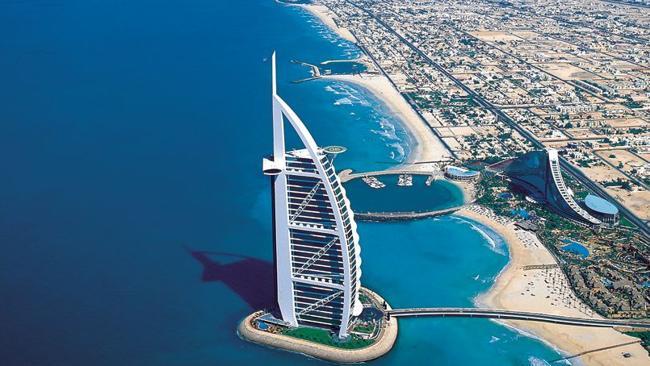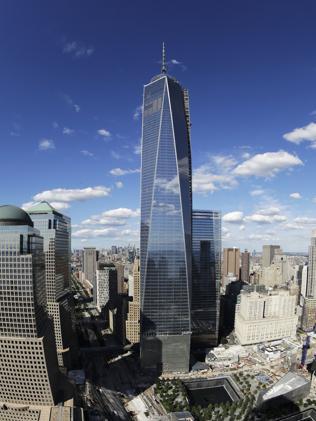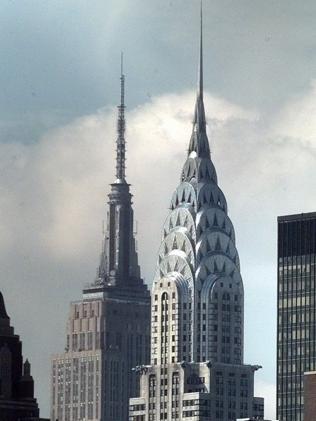World's tallest buildings are often big fakes
THE builders of some of the world's most famous skyscrapers are telling tall stories, adding useless spires for extra height and bragging rights.

Travel
Don't miss out on the headlines from Travel. Followed categories will be added to My News.
THE builders of some of the world's most famous modern skyscrapers are telling tall stories about their true heights.
The Council on Tall Buildings and Urban Habitat has released a report noting that the developers of many new super-skyscrapers have been sticking huge, "useless" needles on top of them so they can be marketed as being among the world's tallest.
The trend means that many towers now appearing on lists of super-tall buildings actually have fewer usable floors and lower roofs than the old behemoths they are knocking out of the top ranks.
New York City's unfinished One World Trade Center is listed as being among the top offenders, thanks to the 124m needle installed on its roof, but it's hardly the worst in terms of "vanity height."

The entire top 40 percent of Dubai's Burj Al Arab is purely decorative.
The council, based in Chicago, the spiritual home of the skyscraper, says 44 of the world's 72 tallest buildings got over the symbolic 300m mark by adding a decorative spire.
The phenomenon of adding vanity height to a building is nothing new.

In 1930, the developers of New York's Chrysler Building famously won a race to become the world's tallest by secretly assembling a 38m steel spire in the tower's tip, and then hoisting it into place only after competitors at 40 Wall Street had finished adding floors to their building.


